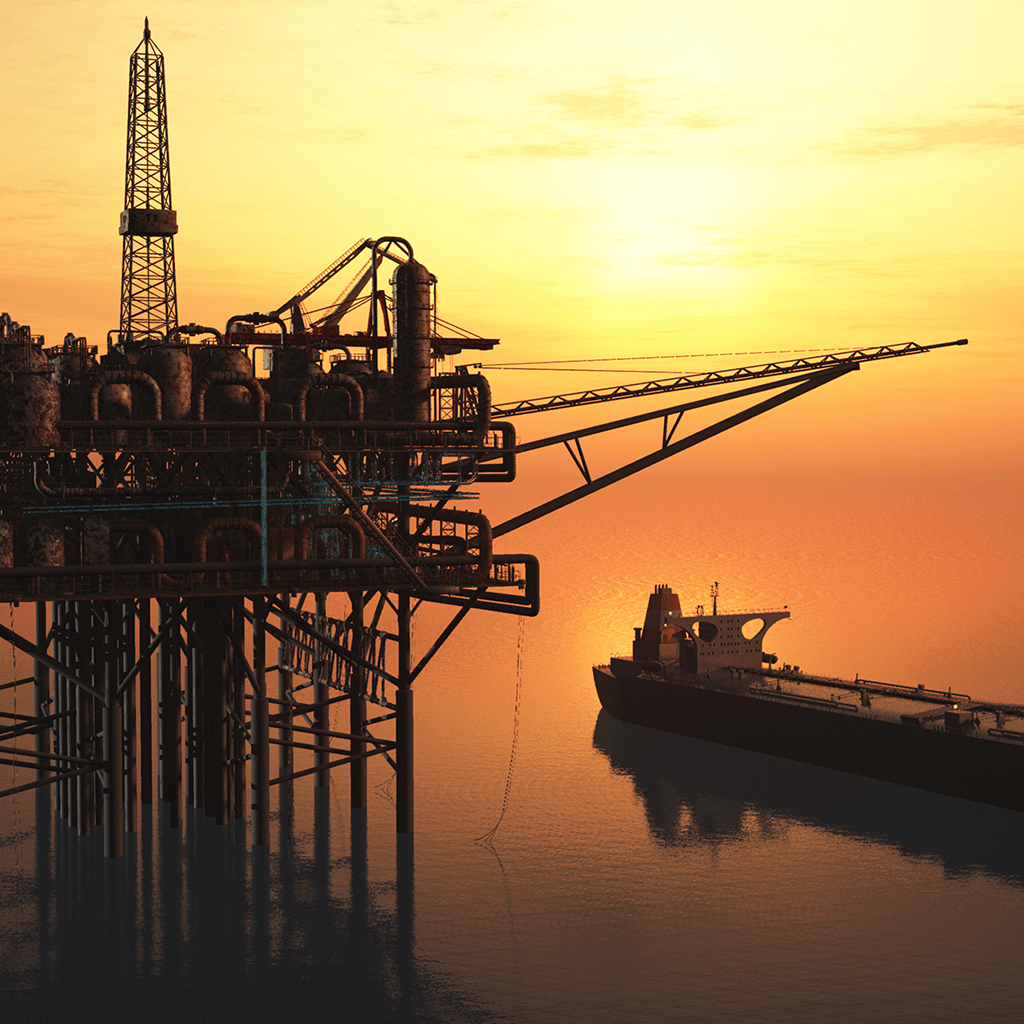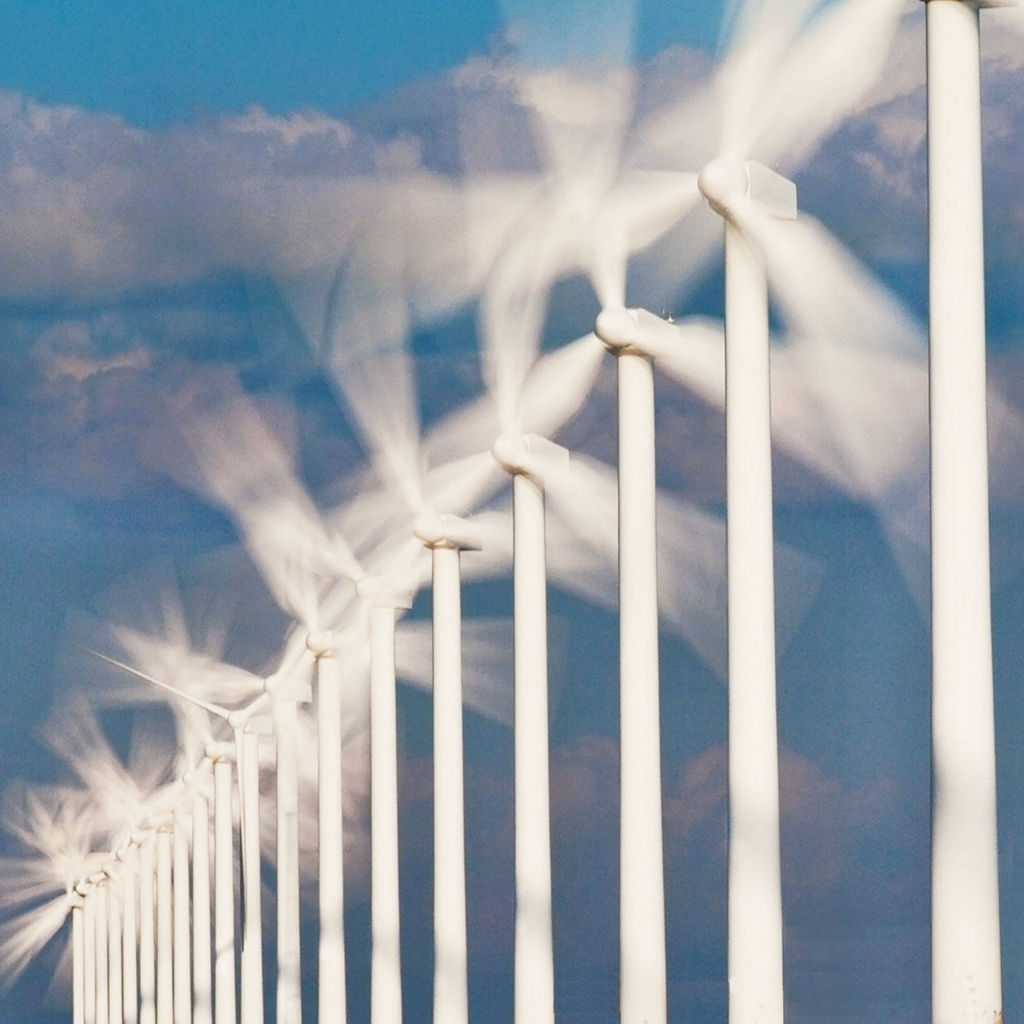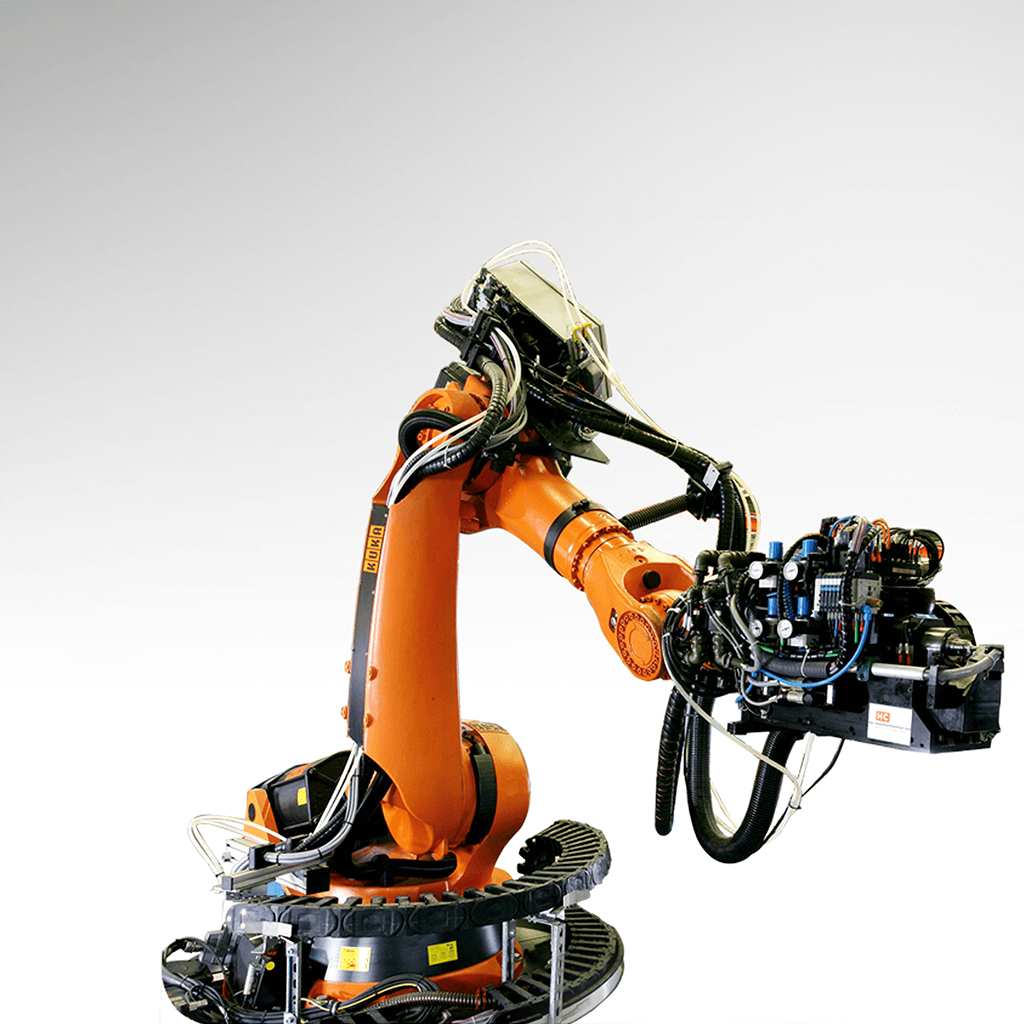The climate-friendly carbon fibre from SGL Carbon – up to 50% less CO2 emissions
SGL Carbon relies on climate-friendly manufacturing processes in the production of its own carbon fibres. By using renewable energy, the carbon footprint of SGL fibre can be reduced by up to 50% compared to a reconventional fibre*. The carbon fibres from SGL Carbon are therefore not only characterized by high tensile strength and high stiffness with low weight, but also by being climate friendliness.

Use of a climate-friendly energy mix at the Moses Lake site (USA)
SGL carbon fibre is produced at the Lavradio (Portugal) and Moses Lake (USA) sites. SGL Carbon made a conscious decision to produce at the Moses Lake site back in the 1990s. The use of hydropower as an energy source played a decisive role in the choice of location. As a result, around 75,000 tonnes of CO2 can be saved in Moses Lake by purchasing electricity from hydropower plants compared to a fossil fuel-based electricity mix.
Installation of a biomass plant at the Lavradio site (Portugal)
As part of the consistent implementation of its climate strategy, SGL Carbon will be using a CO2-neutral biomass system to generate energy from the beginning of 2024, which will make the production system, which was previously based on natural gas, more flexible and climate-friendly. At full capacity, the biomass system in Lavradio can save more than 90,000 tons of CO2.
The raw material used is wood pellets, which are sourced from within a radius of 250 kilometers. This means that SGL Carbon also attaches great importance to short transportation routes and thus to climate protection when sourcing biomass.

Resource-friendly carbon fibre production using hydropower and biomass
The climate-friendly energy supply at the site in Moses Lake (USA) combined with the new biomass plant in Lavradio (Portugal) lead to a reduction in CO2 emissions of up to 50% in the production of SGL’s own carbon fibres compared to conventional fibres*. With the investment in the biomass system, SGL Carbon is consistently pursuing its climate strategy. The target is to save 50% CO2 emissions (Scope 1 and 2) by the end of 2025 compared to the base year 2019 and to be climate-neutral in Scope 1 and 2 by the end of 2038. In the period 2019 to 2022, SGL Carbon has already reduced its CO2 emissions by 17%.
* Based on statistical data from the GaBi life cycle assessment database.











